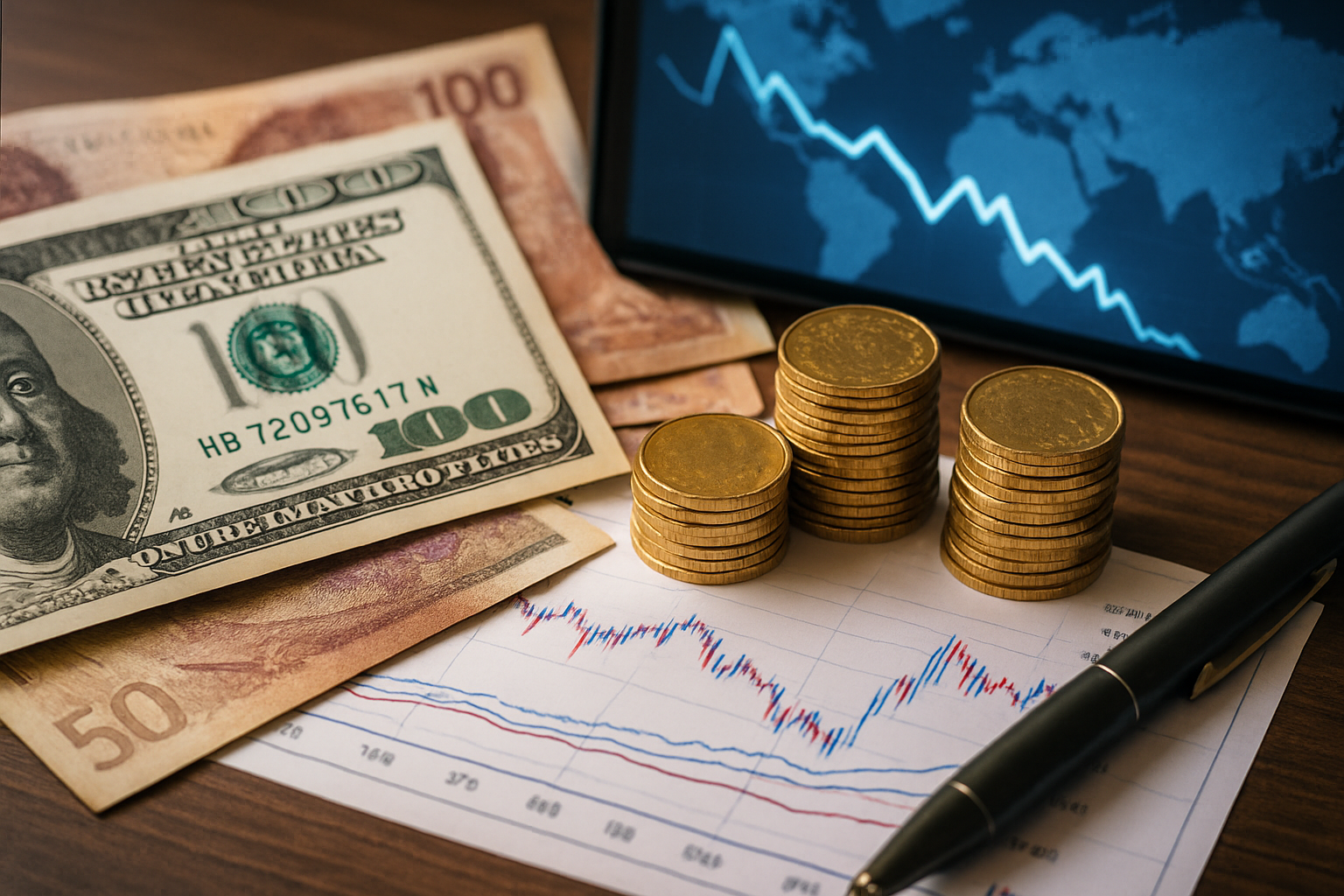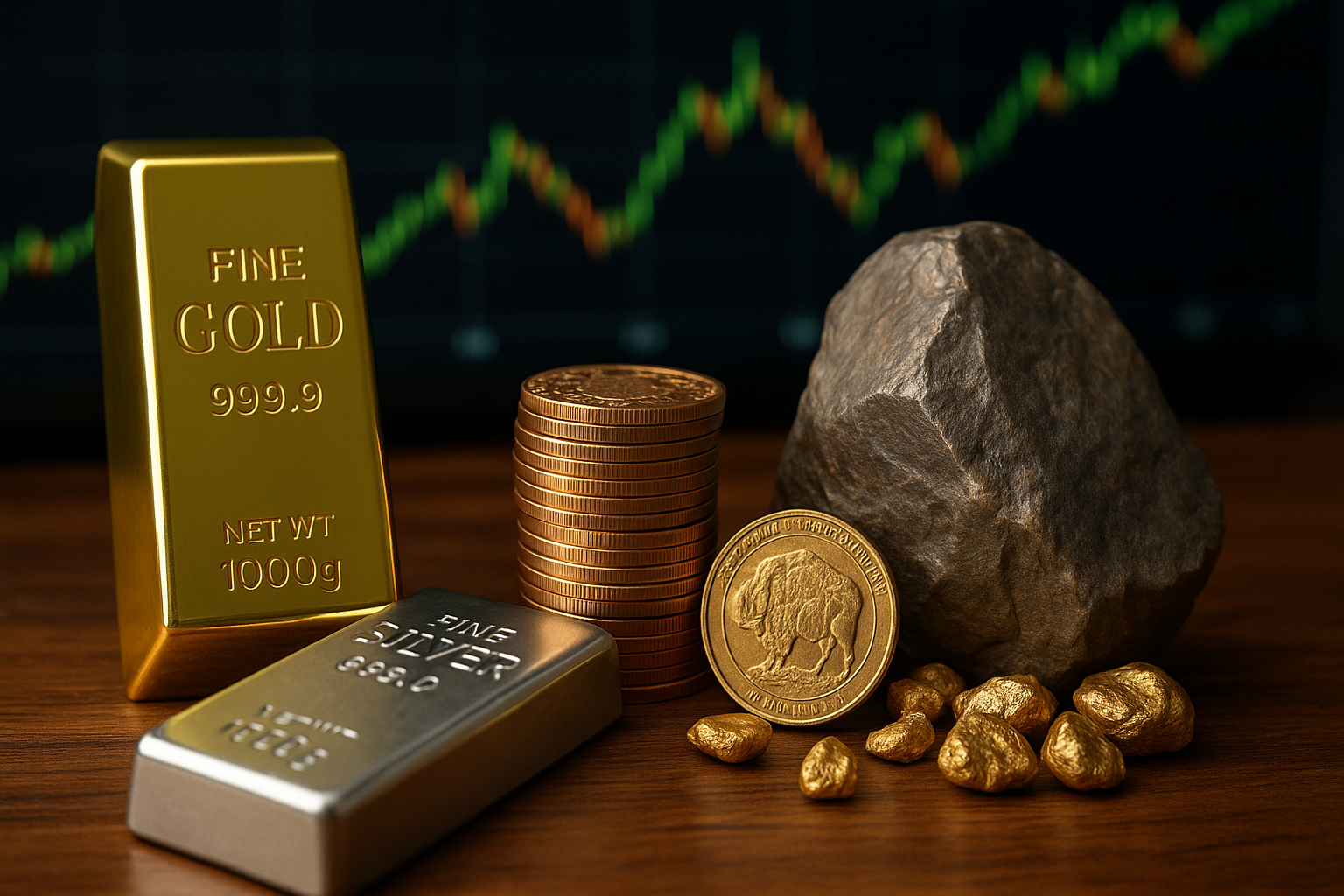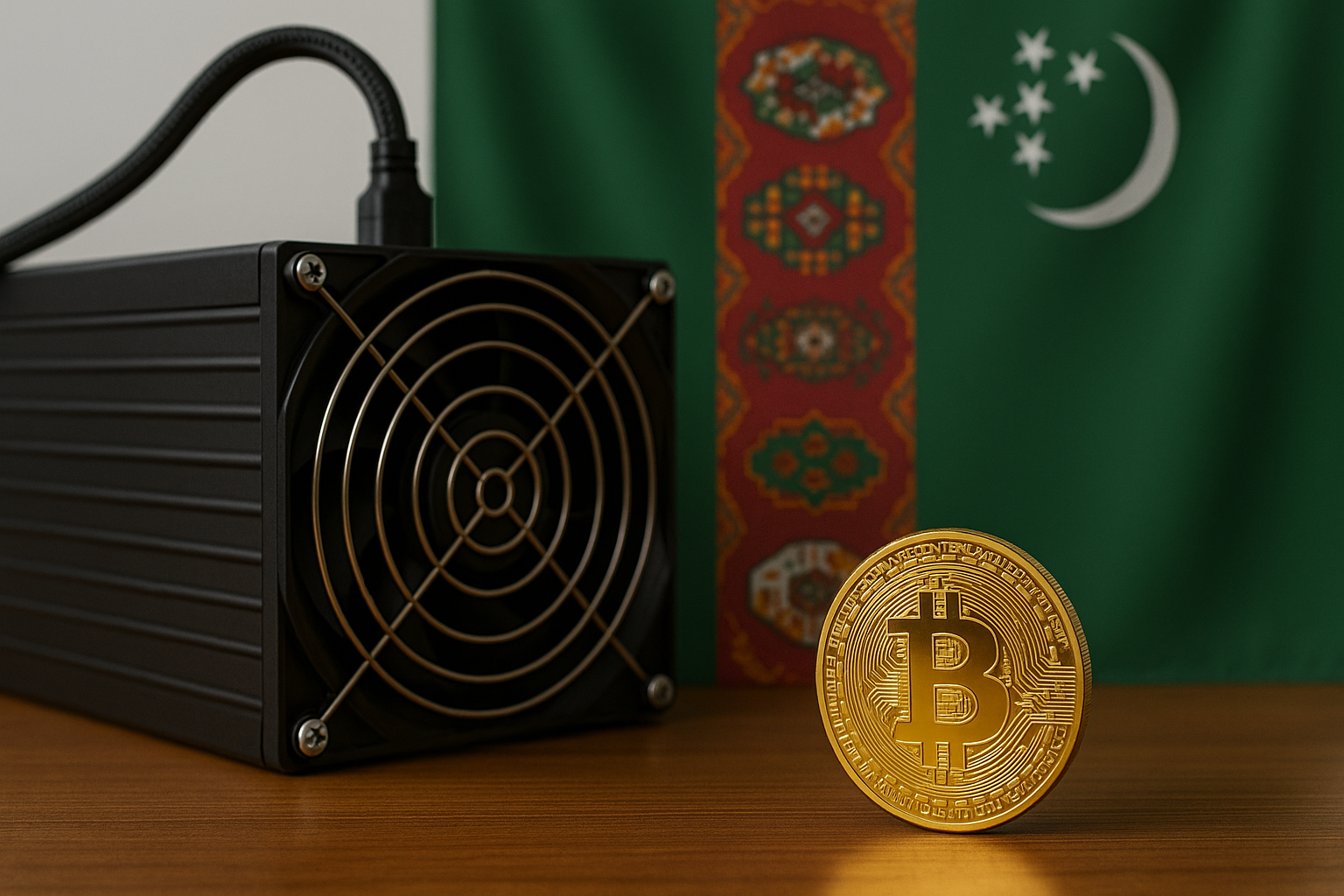The global race for critical minerals — essential for clean energy technologies, defense systems, and advanced electronics — is intensifying. In the latest strategic move, Japan and the United States are exploring rare-earth mining operations near Minamitori Island, a remote area in the Pacific Ocean. The initiative, reported by Reuters (Nov 5/6) and Investing.com, marks a significant geopolitical and industrial development aimed at reducing dependence on China, which currently dominates more than 70% of global rare-earth supply.
A Strategic Shift in the Rare-Earth Supply Chain
Japan’s Minister of Economic Security, Sanae Takaichi, confirmed that discussions are underway to jointly explore the mineral-rich seabed near Minamitori. The area is believed to contain vast deposits of rare-earth elements (REEs), crucial components for electric vehicles (EVs), semiconductors, and renewable energy systems.
The announcement follows heightened concerns over supply chain vulnerabilities after China tightened export controls on key rare-earth materials earlier this year, citing “national security” reasons. These restrictions have reignited fears of supply disruptions in sectors heavily dependent on critical minerals — from defense contractors to clean energy manufacturers.
“Japan and the U.S. are accelerating cooperation in rare-earth extraction and processing as part of a broader strategy to diversify critical mineral sources,” Reuters noted. The collaboration aligns with Washington’s ongoing effort to build a non-China rare-earth supply chain, supported by legislation such as the U.S. Inflation Reduction Act (IRA) and Japan’s Economic Security Promotion Act.
Why This Matters for Investors
The development underscores a long-term structural shift in the global commodities landscape. As nations race to secure supply chains for battery metals and rare-earth elements, investors are increasingly eyeing companies involved in exploration, processing, and recycling.
According to BloombergNEF, demand for rare-earth elements could rise fivefold by 2030, driven by the growth of electric mobility and renewable power infrastructure. However, meeting this demand without China’s dominance requires major investment.
“Minamitori could become one of the world’s most significant untapped sources of rare-earths,” said energy analyst Hiroshi Okada of Nomura Research Institute, noting that early geological studies suggest concentrations of yttrium, neodymium, and dysprosium — key inputs for high-performance magnets and defense technologies.
For investors, this emerging U.S.–Japan partnership could open opportunities in deep-sea mining technology, REE refining, and geopolitical resource infrastructure. However, the sector remains highly speculative due to technical challenges, environmental concerns, and the long lead times involved in developing undersea deposits.
Geopolitical Undercurrents and Market Implications
Rare-earth elements are not just an industrial necessity — they’re a strategic asset. China’s overwhelming dominance in extraction and processing has long been a point of contention among Western economies. The U.S. Department of Defense recently classified rare-earths as “critical for national security,” boosting funding for domestic projects and partnerships with allied nations.
Japan’s renewed interest in Minamitori also reflects lessons learned from past supply disruptions. In 2010, a diplomatic spat with China led to an abrupt halt in rare-earth exports to Japan, crippling its tech and auto industries. The new collaboration with Washington aims to prevent a repeat by ensuring diversified access to key materials.
Meanwhile, commodity markets are responding. Shares of rare-earth mining firms such as Lynas Rare Earths (ASX: LYC), MP Materials (NYSE: MP), and Arafura Rare Earths (ASX: ARU) have seen upward momentum amid rising investor interest in non-China supply chains.
Future Trends to Watch
- Deep-Sea Mining Regulation: Global regulatory frameworks remain uncertain. The International Seabed Authority (ISA) has yet to finalize mining guidelines, which could affect project timelines.
- U.S.–Japan Industrial Alliances: Expect more bilateral projects under the Indo-Pacific Economic Framework (IPEF), strengthening technological and mineral cooperation.
- Environmental Innovation: New extraction methods — such as low-impact seabed collection and magnet recycling — may determine which companies can scale sustainably.
- Defense and Energy Demand: As military and renewable sectors expand, strategic stockpiling of rare-earths may drive long-term price stability.
Key Investment Insight
For investors, the Minamitori project represents more than a mining headline — it’s part of a decade-long realignment of global resource power. Rare-earths remain a cornerstone of modern technology, and countries that secure access to these materials could gain an economic and strategic edge.
Long-term investors should monitor companies with exposure to rare-earth processing and advanced extraction technologies, as well as exchange-traded funds (ETFs) focusing on critical minerals. However, patience is essential: deep-sea mining projects are capital-intensive and face regulatory hurdles, meaning commercial output could take several years to materialize.
Short-term traders, meanwhile, may find opportunities in rare-earth equity volatility driven by geopolitical developments and government policy announcements.
Stay Ahead with MoneyNews.Today
As the U.S. and Japan deepen their strategic partnership to secure critical resources, the global metals and mining landscape is entering a new era — one defined by innovation, alliances, and supply-chain sovereignty. Stay informed with MoneyNews.Today for daily insights and in-depth analysis on how these shifts are reshaping global markets and long-term investment opportunities.





